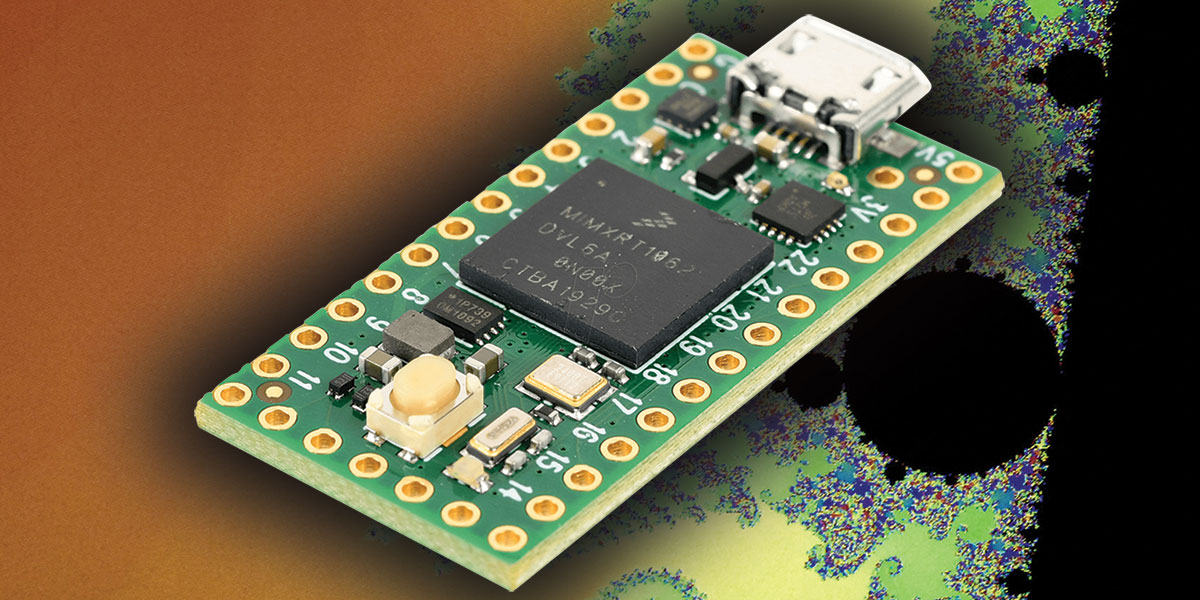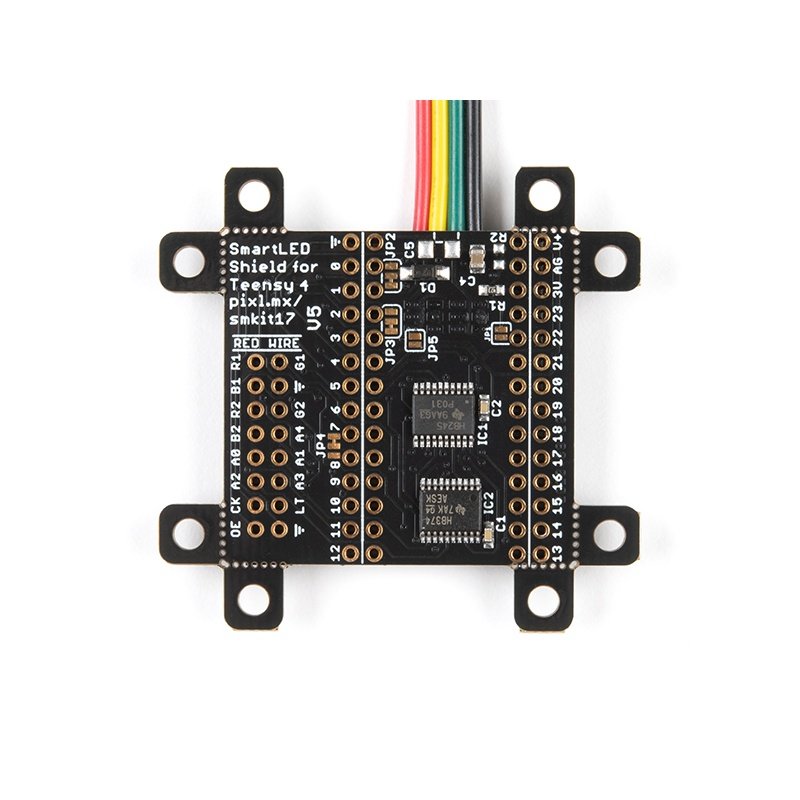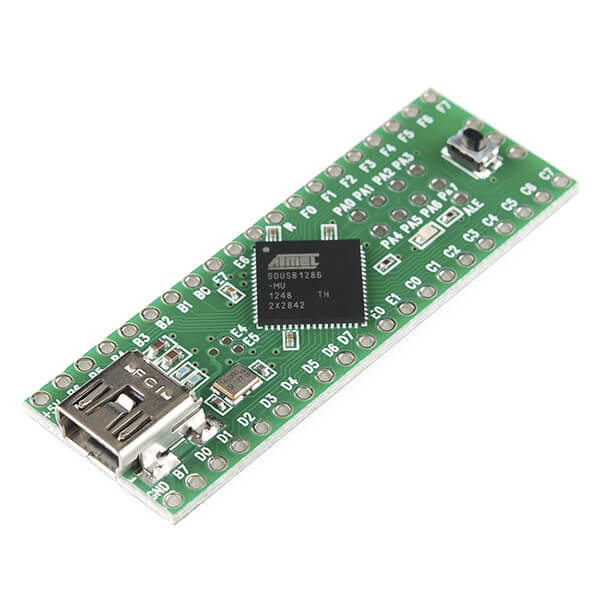

- #Windows cant find teensy driver pdf#
- #Windows cant find teensy driver install#
- #Windows cant find teensy driver drivers#
- #Windows cant find teensy driver driver#

After Teensy being recognized by the computer Hit ( Show Device Manager) Button.

#Windows cant find teensy driver driver#
After installing the Driver Connect the Teensy via USB to the computer and wait till the computer recognize it (It may take some time in the first time).

#Windows cant find teensy driver install#
Run the Program as Administrator, Go to settings as in Photo01, and start by installing Python first and wait till you finish, then install pySerial, and finally install Teensy++2.0 Driver. Run the Program located in ( Chapter III/TEENSY++2.0) (or Search for it for Now) and install it on your windows, I only tested it on WinXP and Win7, so do not know the compatibility with Win8.
#Windows cant find teensy driver drivers#
Depending the driver configuration, you can have up to 14 primary filters and 18 secondary filters.This section will show you the necessary steps to be carried in order to finish the downgrade Using Teensy++2.0 Flasher:įirst thing is to install the necessary files and drivers for Teensy++2.0 flasher, thanks to “ Coolshrimp” the creator of “Jtag Tool” has made a simple program called “ Downgrade Tool V1.03” that contains all the files and drivers needed. The hardware defines two kinds of filters: primary and secondary filters. The gSendDate variable handles sending a CAN message every 2000 ms.ĪCAN::can0.receive returns true if a message has been received, and assigned to the messageargument. It returns true if the message has been sucessfully added to the driver transmit buffer. The ACAN::yToSend tries to send the message. Here, we set the id to 0x542 for sending a standard data frame, without data, with this identifier. The message object is fully initialized by the default constructor. tryToSend (message) ĬANMessage is the class that defines a CAN message. You check the errorCode value to detect configuration error(s).Ĭonst bool ok = ACAN::can0.Any message can be sent, any frame on the bus is received. Calling the begin method configures the driver and starts CAN bus participation.We can also for example change the receive buffer size by setting the mReceiveBufferSize property. Here, we set the mLoopBackMode and mSelfReceptionMode properties to true, enabling to run demo code without any additional hardware (no CAN transceiver needed). Instanciation of the settings object : the constructor has one parameter: the wished CAN bit rate.The demo sketch is in the teensyduino-library/ACAN/examples/LoopBackDemo directory.
#Windows cant find teensy driver pdf#
Driver API is fully described by the PDF file in the teensyduino-library/ACAN/extras directory. The Teensyduino library is the teensyduino-library/ACAN directory. If the wished bit rate cannot be achieved, the begin method does not configure the hardware and returns an error code. An efficient CAN bit timing calculator finds settings for them, but also for exotic bit rates as 842 kbit/s. The driver supports many bit rates, as standard 62.5 kbit/s, 125 kbit/s, 250 kbit/s, 500 kbit/s, and 1 Mbit/s. The two FlexCAN modules are supported on the Teensy 3.6. SketchĪCAN is a driver for the FlexCAN module built into the Teensy 3.1 / 3.2, 3.5, 3.6 microcontroller. You can use a single AND gate, as 74HC08, powered on 3.3V:Ĭompiled with a CPU Speed of 180 MHz and Optimization Smallest Code with LTO. Theses two sketches need to establish a CAN network that connects CAN0 and CAN1.


 0 kommentar(er)
0 kommentar(er)
